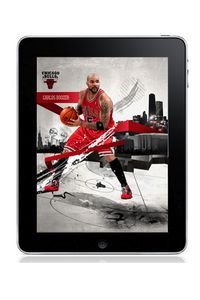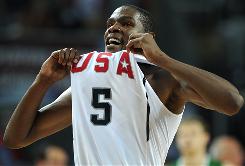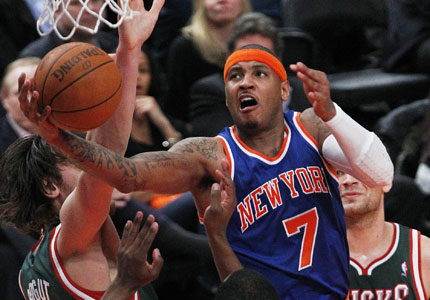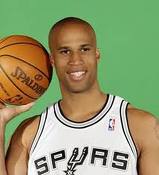Personalizing the Pitch (it helps to be first)
More tales of high-stakes, big time recruiting from the world of sports, this time from the National Basketball Association, where last summer an unprecedented crop of high-quality players were free-agents, available to sign with the team of their choice. One of the prizes of the free-agent class was Carlos Boozer, a veteran scoring power forward, coveted by several teams. Boozer eventually signed with the Chicago Bulls, and part of the story of Boozer's recruitment is recounted in this ESPN.com piece - Bulls went high-tech to land Boozer, that describes some of the high-tech, high-touch, and personalized tactics the Bulls employed in order to convince Boozer to to sign with the team.
A key component of the Bulls efforts was the creation and presentation of a personalized 'Carlos Boozer' iPad, loaded with Bulls information and team history, current player profiles, and a custom app that allowed Boozer to 'see' himself as a Bull. From the ESPN.com piece:
That dude at Boozer's doorstep was Bulls senior director of game operations Jeff Wohlschlaeger. He presented to Boozer the newest and most cutting-edge recruitment tool that the Bulls, and several other NBA teams, had used: a decked-out iPad with a personalized app for the newly minted free agent, detailing how he would fit in with the Bulls if he would sign.
"He gave me a briefcase," Boozer said. "I pop open the briefcase, and it's an iPad with an intro to the team and the players that they had. The history, showing the championships that they had won in the past. Showing how good we can be if I came."
Boozer was impressed.
The Bulls certainly showed some initiative and creativity in creating and delivering the custom iPad, and even more importantly, they delivered the iPad to Boozer that day before the interview, and early enough in the free-agency period that the Bulls iPad was the first of many 'custom' iPads that the player eventually received from many other teams vying for his services. While the custom iPad and custom apps were certainly cool and innovative, they were also easily copied, so having moved first, and aggressively at that, (hand delivery by a team official to Boozer's hotel room), the Bulls scored some serious points in the process, a process they eventually won, when Boozer signed with the team shortly after getting the iPad.
Lesson here - no matter how cool and ground-breaking your recruiting strategy is, chances are it can and will be copied by your competitors. When everyone is cranking out custom iPads to star candidates, if yours wasn't first, then it may as well have been last. Or you had better figure out where the game is going next and beat the pack there.
But the more important point is that once again we can take essential lessons from the world of sports and apply them to the realm of business. A point that the crew known (really only to each other), as 'The 8 Man Rotation' will make on tonight's HR Happy Hour Show at 8PM ET on BlogTalkRadio.
In the mix will be Kris Dunn, Tim Sackett, Lance Haun, and Matt Stollak, and you can join the fun on the show page here, or by calling in on 646-378-1086.
It's all sports these days, isn't it?

 Steve
Steve



